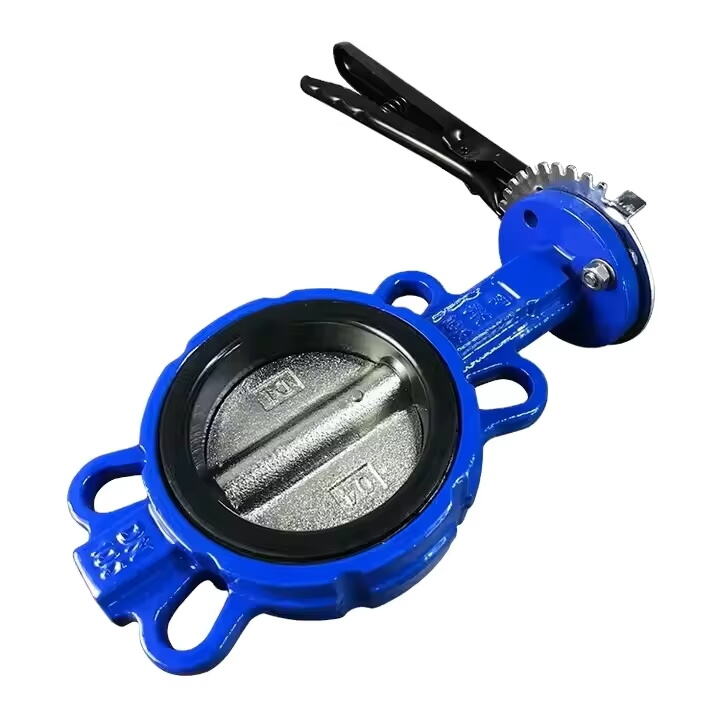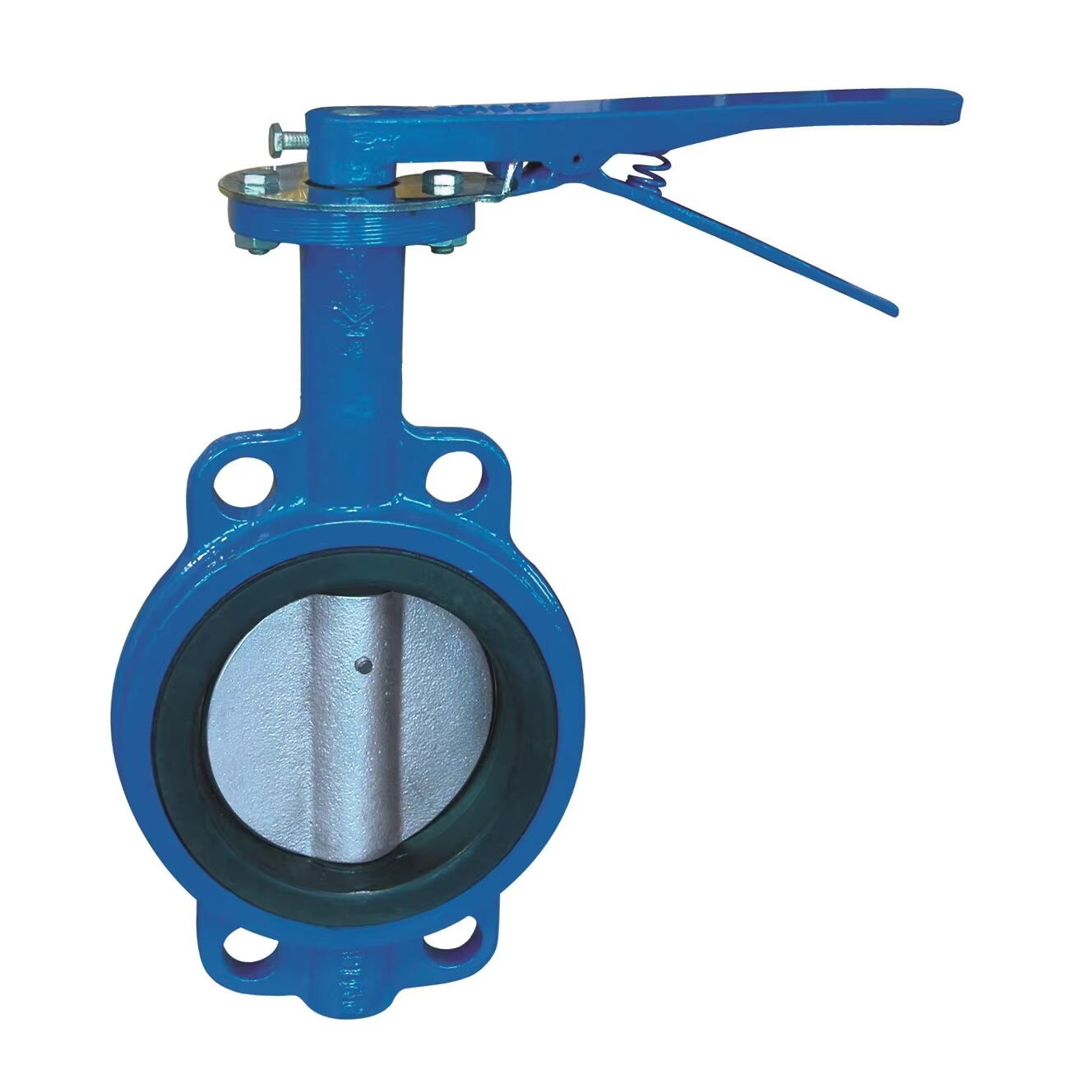Understanding Gate Valve Fundamentals in Modern Industry
In the complex world of industrial fluid control, gate valves stand as critical components that can make or break an operation's efficiency. These essential flow control devices serve as the guardians of process systems, controlling the flow of liquids, gases, and slurries in countless industrial applications. With their distinctive sliding gate mechanism, these valves have become indispensable across sectors ranging from oil and gas to water treatment facilities.
Making an informed decision about the right gate valve requires a deep understanding of both operational requirements and valve characteristics. The consequences of choosing incorrectly can be severe – from reduced operational efficiency to complete system failure. This comprehensive guide will walk you through the essential considerations and technical specifications needed to make an optimal selection.

Essential Factors in Gate Valve Selection
Operating Conditions and System Requirements
The first step in selecting a gate valve involves a thorough analysis of your operating conditions. Temperature ranges, pressure ratings, and the nature of the process fluid all play crucial roles in determining the appropriate valve choice. High-temperature applications might require specialized materials and sealing solutions, while corrosive media demand careful consideration of valve body and trim materials.
System requirements such as flow rates, pressure drops, and cycling frequency must also be carefully evaluated. A gate valve that works perfectly in one application might be completely unsuitable in another, even within the same facility. Consider not just current operational parameters but also any potential future changes in process conditions.
Material Compatibility and Construction
The choice of materials for your gate valve directly impacts its performance and longevity. Body materials range from carbon steel and stainless steel to specialized alloys, each offering different benefits in terms of strength, corrosion resistance, and cost-effectiveness. The trim materials – including the gate, seat, and stem – must be selected based on their compatibility with the process medium and operating conditions.
Construction features such as bonnet design, stem sealing arrangements, and seat configurations also merit careful consideration. Pressure-seal bonnets might be necessary for high-pressure applications, while bellows seals could be essential in handling toxic media. The right combination of materials and construction features ensures optimal performance and safety.
Design Specifications and Standards Compliance
Pressure and Temperature Ratings
Every gate valve comes with specific pressure and temperature ratings that must align with your application requirements. These ratings are typically expressed in terms of pressure classes (ANSI/ASME ratings) and maximum allowable working pressures at various temperatures. Understanding these specifications is crucial for ensuring safe and reliable operation.
Temperature limitations affect not only the valve body but also sealing components and packing materials. Some elastomers may become brittle at low temperatures or degrade at high temperatures, while certain metals might lose strength or become susceptible to stress corrosion cracking under extreme conditions.
Industry Standards and Certifications
Compliance with relevant industry standards and certifications is non-negotiable in industrial applications. Common standards include API 600 for steel gate valves, API 602 for small forged valves, and various ASME specifications. These standards ensure consistency in design, manufacturing quality, and testing procedures.
Additionally, specific industries may have their own requirements and certifications. For instance, valves used in nuclear applications must meet stringent nuclear grade specifications, while those in fire protection systems need FM or UL approval. Ensuring compliance with these standards is essential for both safety and regulatory reasons.
Installation and Maintenance Considerations
Space Requirements and Accessibility
The physical dimensions and installation requirements of gate valves can significantly impact their suitability for specific applications. Consider not only the face-to-face dimensions but also the space needed for stem movement and maintenance access. In confined spaces, rising stem gate valves might not be practical, necessitating non-rising stem alternatives.
Installation orientation and flow direction also affect valve performance. While most gate valves can be installed in any orientation, factors such as stem position and actuator accessibility must be considered. Proper support and alignment during installation are crucial for preventing stress on the valve body and ensuring smooth operation.
Maintenance Requirements and Lifecycle Costs
Long-term maintenance considerations should factor heavily into your gate valve selection. Some designs offer easier maintenance access or replaceable components, potentially reducing downtime and repair costs. Consider the availability of spare parts and the frequency of required maintenance when evaluating different options.
Lifecycle costs encompass not just the initial purchase price but also installation, maintenance, and potential replacement costs. A higher upfront investment in a quality gate valve often pays off through reduced maintenance requirements and longer service life. Factor in the cost of potential process downtime when evaluating different options.
Automation and Control Features
Actuation Options
Modern industrial applications often require automated valve operation. The selection of appropriate actuation systems – whether electric, pneumatic, or hydraulic – depends on factors such as required operating speed, available power sources, and control system compatibility. Consider the torque requirements across the valve's full range of motion and under all operating conditions.
Smart actuators with position feedback and diagnostic capabilities can provide valuable operational data and early warning of potential issues. The integration of these features with existing control systems must be carefully planned to ensure seamless operation.
Control System Integration
The ability to integrate gate valves into modern control systems is increasingly important. Consider communication protocols, feedback requirements, and the need for remote monitoring capabilities. Some applications might benefit from advanced features such as partial stroke testing or predictive maintenance capabilities.
Safety considerations, including emergency shutdown requirements and fail-safe positions, must also be addressed in the control system design. The selected valve and actuator combination must be capable of meeting these safety requirements while maintaining reliable operation.
Frequently Asked Questions
What is the typical lifespan of an industrial gate valve?
The lifespan of an industrial gate valve typically ranges from 10 to 30 years, depending on factors such as operating conditions, maintenance practices, and material quality. Proper selection, installation, and maintenance can significantly extend this lifespan, while harsh conditions or inadequate maintenance can reduce it.
How often should gate valves be maintained?
Regular maintenance intervals depend on service conditions and usage frequency, but typically range from 6 months to 2 years. Critical applications may require more frequent inspections. A comprehensive maintenance program should include regular stem lubrication, packing adjustment, and operational testing.
Can gate valves be used for throttling applications?
Gate valves are not recommended for throttling service as partial opening can cause damage to the gate and seat surfaces. They are designed for fully open or fully closed operation. For throttling applications, globe valves or other suitable valve types should be considered.

